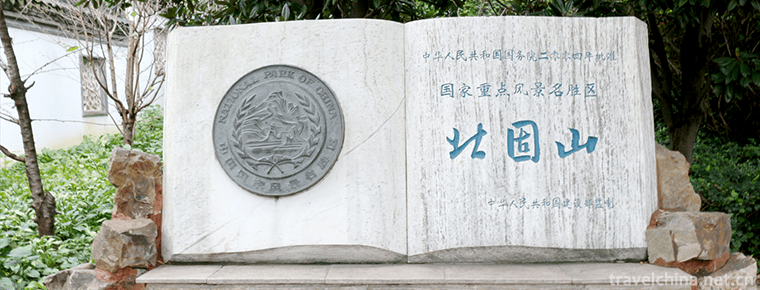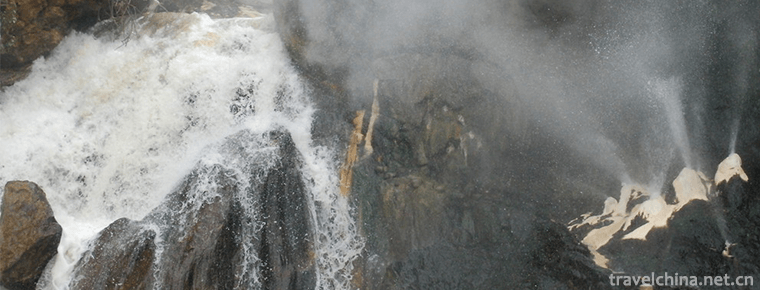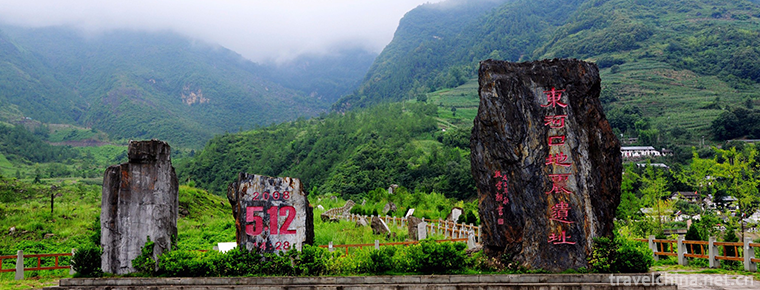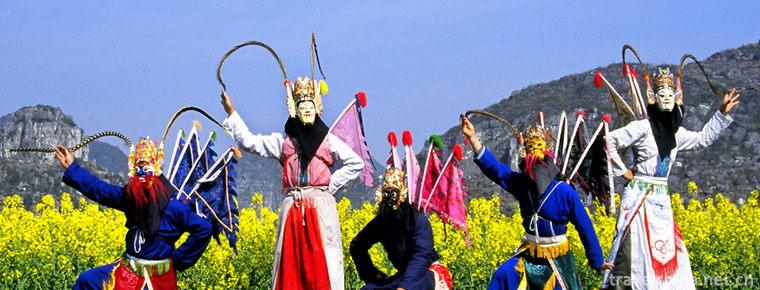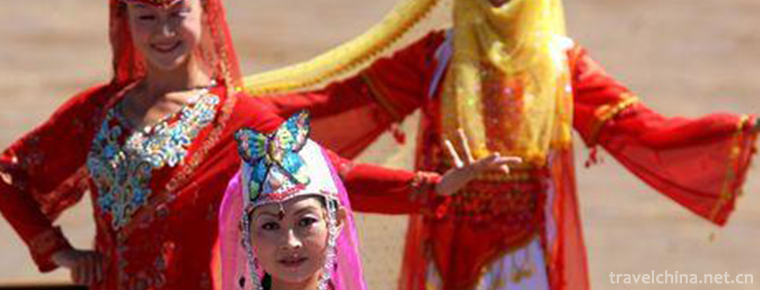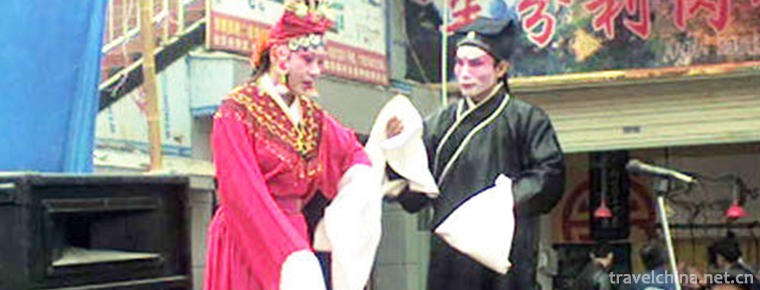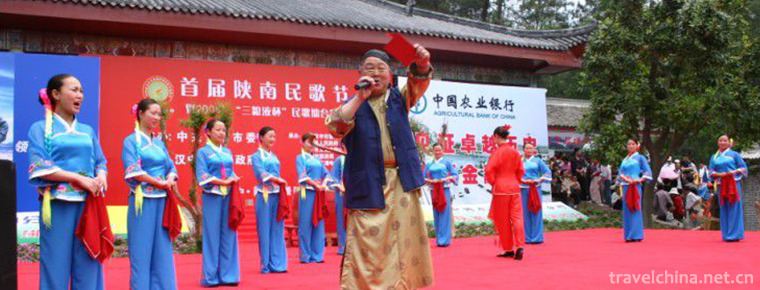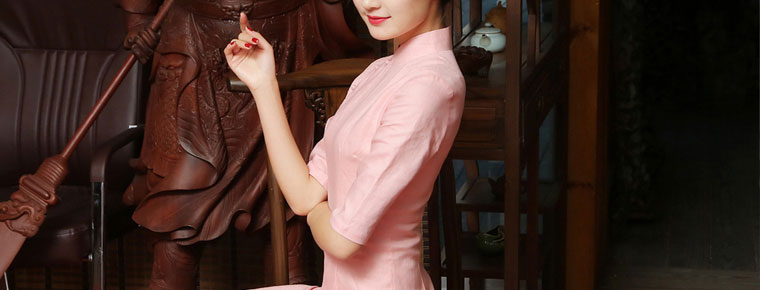Song Album
Song Album
"Dongshan Song Book" was introduced from Chaozhou, Guangdong Province, in the Ming Dynasty. Its tunes were constantly changing in the singing of folk singers and gradually assimilated into the art of music. "Dongshan Songbook" is written in Chaozhou dialect. It narrates with poems, so it is called "long dialect narrative poems". For example, "Yang Ling-po", "Xue Ding Shan Zhengxi", "Mu Guiying hanging in command" and so on .
In 2006, the Dongshan Song Book declared by Dongshan County of Fujian Province was included in the first batch of national intangible cultural heritage list .
Development history
During the Hongwu period of the Ming Dynasty (1368-1398), the Dongshan Health Service was established, more than 1000 troops were stationed, the maritime merchants were opened up, and the officials and merchants from south to North brought prosperity to the material and cultural exchanges of Dongshan Island. At this time, the song albums in Chaoshan area began to be introduced into Dongshan. In the process of singing, Nanyin, Qin Opera and other tunes were integrated into the song albums, which gradually formed Dongshan dialect with Dongshan dialect characteristics. In the old society, Dongshan women generally did not show up. They learned about society and history by listening to song books. Many women also learned to read through song books. Therefore, the Dongshan Song Book was once regarded as a "women's book" . According to legend, when Huang Daozhou, a scholar of Ming Dynasty, was an official in Beijing, his colleagues praised him for his profound knowledge and asked him, "Do you understand that the style of writing in your hometown must be developed?" He answered, "Zou Lu, Lao Fu paddles and fisherwomen weave nets on the coast of my hometown, can sing poems." Folk people also spread the proverb: "Tongshan ladies can sing". It can be seen that in the Ming Dynasty, after Zhao'an County was built (Dongshan belongs to the five capitals of Zhao'an County), there was already a "song book" circulated .
During the Jiaqing period of the Qing Dynasty (1796-1820), singing albums became more popular. Later, Mr. Chen Zaikun, an overseas Chinese, lived in Annan. He wrote home, not in classical Chinese, but in the form of a song book, so that his family could read and sing. The song album has evolved into a fashionable style, which further develops the form of singing, talking and singing .
The earliest copy of "Dongshan Songbook" was a pamphlet printed only a few pages in 1826. It was the most active among women in Dongshan Island fishing areas and rural areas, especially among women in fishing areas. In the daytime, while weaving fishing nets, they sing albums, and in the evening, they gather in the hall, or one singer, or everyone sings together. This kind of song album is not only singing to others, but also a kind of self-entertainment. Its story is vivid and moving. It is mostly a continuous song book. It can not be stopped after learning a period of time. Moreover, the words are easy to understand and learn easily. Even if illiterate, it can learn to sing several times. It not only enlivens life, increases knowledge, but also learns how to be a person, know good and evil, and know etiquette. And many women learn to read by learning to sing songs, so they are very popular. In some places, singing albums are regarded as a decent thing, and even daughters are married with new albums to form the custom of bride's singing hall . "Dongshan Song Book" is also across the sea. It is widely spread in Taiwan on the other side of the Strait, among overseas Chinese and Taiwanese compatriots in Hong Kong, Macao, Malaysia and Singapore .
Since the founding of the People's Republic of China, cultural departments at all levels have actively organized the excavation and sorting out of the song books. In the vast fishing areas and rural areas, more than 100 Song Album farms have been established in the positions of cultural centers, stations and spots, giving full play to the positive role of the song albums. In 1961, Xie Xuewen, Chen Xueqiong compiled a song and Lin Xiyu sang "Fisherman's Daughter" and won an excellent prize in Fujian's rural literary and artistic performance. In 1974, compiled by Xie Xuewen, Xie Shaoyan's Song of Weaving Nets participated in the performance of Fujian Rural Literature and Art Tune and won an excellent award. In 1979, the homesickness song compiled by Liu Xiaolong and Sun Guolin participated in the performance of literature and art in Longxi District, and was recorded and broadcast by Fujian Front Radio Station .
Cai Wanxiang, a national successor, said that during the Cultural Revolution (1966-1976), albums were banned, and all of them were confiscated, and anyone who sang them had to be checked. Since then, in nearly twenty years, the melodious Minnan minor has never been played by the neighbors, and more than a hundred album fields have disappeared.
Song albums were allowed to sing in the 1980s, and people who had collected them also took them out to learn and communicate .
In 2006, after Dongshan Song Book was listed in the first batch of national intangible cultural heritage, Dongshan County Bureau of Culture and Sports held a symposium on the protection and promotion of Dongshan Song Book in Tongling Town, set up leading groups and offices, and organized cultural workers of counties, towns and villages to carry out the work of tapping, collecting, collating, printing and preservation of Dongshan Song Book .
In mid-May 2010, Shen Shunyou, a retired teacher from Dongshan County and an overseas Chinese, spent two years writing and completing the Dongshan Song Album The Legend of Chen Huaiyu. The Book deduces the blood history tragedy of the four generations of Chen Yuanguang, the king of Kaizhang, who lived in chaos more than 1300 years ago, exploited and managed Zhangzhou, protected the southern Fujian community and disseminated the Central Plains culture. In March 2012, the book was officially named "The Legend of Jade Two Mothers" and began to be published. The book has 22 volumes, 300,000 words and more than 10,000 lines of seven-character poems .
In January 2014, the 75th anniversary of the founding of Dongshan Guild Hall in Singapore was celebrated. Huang Chunhui, the successor of the national intangible cultural heritage "Dongshan Songbook" in Fujian Province, was invited to sing. This is the first time that "Dongshan Songbook" has gone abroad for exchange and exhibition. For this reason, Huang Chunhui studied the history of Dongshan Guild Hall and created a new song book "Congratulations on the Drilling Jubilee of Dongshan Guild Hall in Nanyang, Singapore" .
Content category
Most of the Dongshan albums were introduced from Chaozhou albums. After experiencing the impact of the "Cultural Revolution", many of them were burnt down and lost. As of 2001, there were 64 copies, about 1,000 volumes. Generally speaking, it can be divided into two categories: one is based on the development of fiction and became a song book, such as Romance of Sui and Tang Dynasty, Xue Gang's Anti-Tang Dynasty, Double Parrots, Wanhua Tower, etc. The other is based on opera stories and folk legends, such as Cui Mingfeng, Shuangfeng Qiyuan, Shuangbaiyan, Chen Shimei and Bamei Tu.
The early versions of the song album were mostly woodcut versions, such as the multi-art hall in Zhangzhou, Jinhua Hall, Qingyuan Chai in Quanzhou, Huiwen Hall in Xiamen, Bowenzhai and several woodcut versions in Chaozhou. In the early years of the Republic of China, Taiwan's Bamboo Forest Bureau and Jefferson Bookstores were issued with lead printing and widely disseminated in Dongshan and other places. Among the preserved wooden editions, there are Cui Mingfeng and Qin Fengju Quan Song in the old store edition of Li Wanli at Tiexiangkou, Chaocheng City; Shuangjuma in Ruijing Tang, Chaochengfu Front Street; Qitang, a street friend in front of Chaochengfu City, and Zhang Tingfang, Song Dynasty. These albums have their own characteristics, such as the album of Ruijing Tang in Chaochengfu Qianjie, which emphasizes chapter novel writing, delicate characterization, and poems as wedges in every retrospect, such as Cui Mingfeng and Shuangfeng Qiyuan. The Tibetan version of Wang Sheng's biography in Liuyaxiangkou, Qianjie, Chaoan Prefecture, is simple and easy to read, and is good at compiling a serial of historical stories. For example, there are more than 80 volumes in the song album of Ten Thousand Toonas.
The style of Dongshan Songbook belongs to a long narrative poem. It has seven-character, five-character, four-character, three-character, three-character, three-character, three-character, three-character and seven-character and three-character and five-character mixed sentences .
Melody
The tunes of Dongshan Songbook belong to recitation style, and the main tunes are imitating Guangu Song, which is widely spread in Dongshan folk areas. Its melody is closely combined with the tone of language, and its range is narrower, generally within six degrees, and occasionally more than eight degrees. The main mode is feather mode, followed by angular mode and levy mode. In a long narrative, due to the different characters, emotions and occasions, there is often the alternation of feather mode and angle mode. The scale of Dongshan's song album is the pentatonic scale of changing palace for merchants. The basic tone of Dongshan's song is listed as "sol Al Si do", occasionally rising sol.
The tune intervals of Dongshan song album are progressive, and the ups and downs of minor three and pure four degrees are also very common. From do to mi, the small six-degree downward sliding sound forms a unique style. In the tune of the five-character sentence pattern, the leaning tone is often used in the weak beat of the third beat. The tempo of Dongshan song album is mainly 2/4, and the mix of 2/4 and 3/4 is also common .
Inheritance situation
On May 22, 2012, the "Chaozhou Dongshan Songbook Seminar" sponsored by Chaozhou Museum of Mass Art and Fujian Dongshan County Library was held in Chaozhou Cultural and Art Center. The Song Album successors and fans from Chaozhou and Dongshan gathered in a "song album". Literary and artistic workers and scholars in the two places discussed and exchanged on the issues of song book research, inheritance and innovation.
In 2014, Lin Rudong, a provincial inheritor, collected relevant materials and compiled a popular and easy-to-understand song book "Zan Party's Mass Line Education", which also went deep into various communities to instruct fans to sing the newly compiled song book . In August, Dongshan County Civilization Office and County Library organized 8 literary and artistic workers and "Dongshan Song Book" successors to compile 21 moral examples into 23 new song books and form an album of "Moral Model". The album is divided into such chapters as "Seeing Righteousness and Courage", "Honesty and Trustworthiness", "Dedication to Work", "Filial Piety for the Elderly" and "Helping others for Music" .
The inheritors of Dongshan song album have compiled Gu Wenchang's album, from which some songs suitable for children are selected for teaching. In the process of using Dongshan Songbook to teach pupils to sing Gu Wenchang's spirit, Huang Chunhui, the successor, also encounters a problem. Speaking dialect is the weakness of most pupils. In order to strengthen local education, the inheritors of Dongshan Songbook regularly go into schools to teach pupils to sing songs. They first teach the children to read the lyrics word by word in dialect, distinguish the difference between Mandarin and Minnan, and then teach them sentence by sentence. Because there is no music in the album, so the singing is improvised, where to stop, where to carry forward, where to lengthen, ear-lift face-to-face teaching to guide students. Sometimes, the song album will be recorded first, so that students go home to listen and learn repeatedly. By 2015, Dongshan Song Album had been popularized in most schools in Dongshan County.
Heritage Protection
In 2006, the Dongshan Song Book declared by Dongshan County of Fujian Province was included in the first batch of national intangible cultural heritage list .
Dongshan County lists "Dongshan Song Book" as a key protection item of local folk art, and takes measures to rescue, protect and promote it. In early June 2006, the County Bureau of Culture and Sports held a symposium on the protection and promotion of Dongshan Song Album in Tongling Town, attended by more than 40 70-80-year-old folk artists and singers. The county has set up leading groups and offices to publicize the "Dongshan Song Book", and organize county, town and village cultural workers to do a good job in tapping, collecting, collating, printing and preserving the "Dongshan Song Book". The County Cultural Department collects a part of "Dongshan Song Book" from the people and collects it. While inheriting and carrying forward the traditional plays, the organizers create a number of "Dongshan New Song Books" which not only highlight the characteristics, but also benefit the people's physical and mental health. Fully carry forward the role of more than 2000 old folk artists in towns, countryside and fishing areas of the county, organize and guide them to take the lead in singing "Dongshan Song Book" activities in various old people's associations, and do a good job in transmitting, helping and bringing up a group of young "Dongshan Song Book" singers . By 2007, more than 2,000 albums have been systematically sorted out.
In February 2008, Cai Wanxiang and Huang Chunhui became the successors of the "Dongshan Songbook" in the "representative successors of the second batch of national intangible cultural heritage projects". . In May, Cai Wanxiang, Huang Chunhui and Lin Rudong became the successors of "Dongshan Song Book" in "the representative successors of the first provincial intangible cultural heritage projects in Fujian Province". In June, Huang Chunhui, Cai Wanxiang, Lin Rudong, Zhang Liqing, Lin Yuzhu, Sun Zhijuan and Wu Caihua became the successors of "Dongshan Song Book" in the "representative successors of the first batch of municipal intangible cultural heritage projects in Zhangzhou".

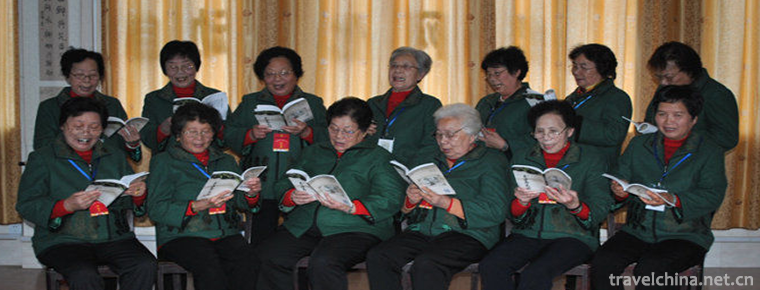
-
Beigushan HillBeigu Mountain
Beigu Mountain, one of the three scenic spots in Zhenjiang, overlooks Beigu, pillows the river, rocky walls, and the mountain is dangerous, so it is named Beigu Mountain.
Views: 118 Time 2018-12-06 -
Tengchong Volcanic Hot Sea Tourist Area
The volcanic hot sea is located 20 kilometers southwest of Tengchong County. It covers an area of 9 square kilometers. There are more than 80 large gas springs and hot springs. Among them.
Views: 130 Time 2018-12-12 -
Donghekou Earthquake Relics Park
Donghekou Earthquake Site Park is the first earthquake site protection memorial site of Wenchuan Earthquake, located in Qingchuan County, Guangyuan City, Sichuan Province.
Views: 164 Time 2018-12-20 -
Caoxi Hot Spring Holiday Resort
Caoxi Hot Spring Holiday Resort is located in Qujiang Maba, Shaoguan City. It is the largest hot spring villa resort in Guangdong Province. It is located on 106 National Highway under the outlet of Sh.
Views: 334 Time 2019-01-04 -
Anshun land Opera
Anshun Dixi Opera, a local traditional drama in Anshun City, Guizhou Province, is one of the national intangible cultural heritage..
Views: 207 Time 2019-04-01 -
Salar Folk Songs
There are many kinds of Salar folk songs. In the course of long-term historical development, they have formed colorful and distinctive musical forms and singing styles. Salar folk songs keep the ancie.
Views: 154 Time 2019-06-12 -
Zhangjiajie Yangxi Opera
Zhangjiajie Yangxi Opera originated in the middle of Qing Dynasty and has a history of more than 300 years. It belongs to Beilu Yangxi Opera. The singing feature is the singing method of "golden .
Views: 116 Time 2019-07-16 -
Zhenba Folk Song
Zhenba folk song is a huge cultural wealth created and accumulated by Zhenba people for thousands of years, and it is an important component of Zhenba regional culture. Zhenba folk songs are very rich.
Views: 174 Time 2019-07-25 -
Beijing Wuzi University
Beijing Wuzi University is a public institution of higher learning which is characterized by logistics and circulation, based on economic disciplines, with management disciplines as its main branches,.
Views: 313 Time 2019-09-06 -
Appreciation of short sleeve cheongsam
In the late summer and early autumn, the weather is chilly in the morning and evening. As long as you put on some thin shawls, you can wrap some cloth shawls and tighten them on your chest..
Views: 309 Time 2020-12-11 -
Evolution of Chengdu Giant Panda Base
Chengdu Giant Panda Breeding Research Base is established on the basis of raising, treating and breeding giant pandas in Chengdu Zoo. In the 1980s, Fargesia FRIGIDA in Qionglai mountains blossomed and died. Some giant pandas were rescued and concentrated in Chengdu Zoo for lack of food and hunger..
Views: 106 Time 2020-12-13 -
Dazhou peoples life
In 2018, the per capita disposable income of Dazhou residents was 20881 yuan. The per capita disposable income of urban residents was 30882 yuan, an increase of 8.8%. Among them, salary income was 17597 yuan, an increase of 7.3%; net ope.
Views: 143 Time 2020-12-20
